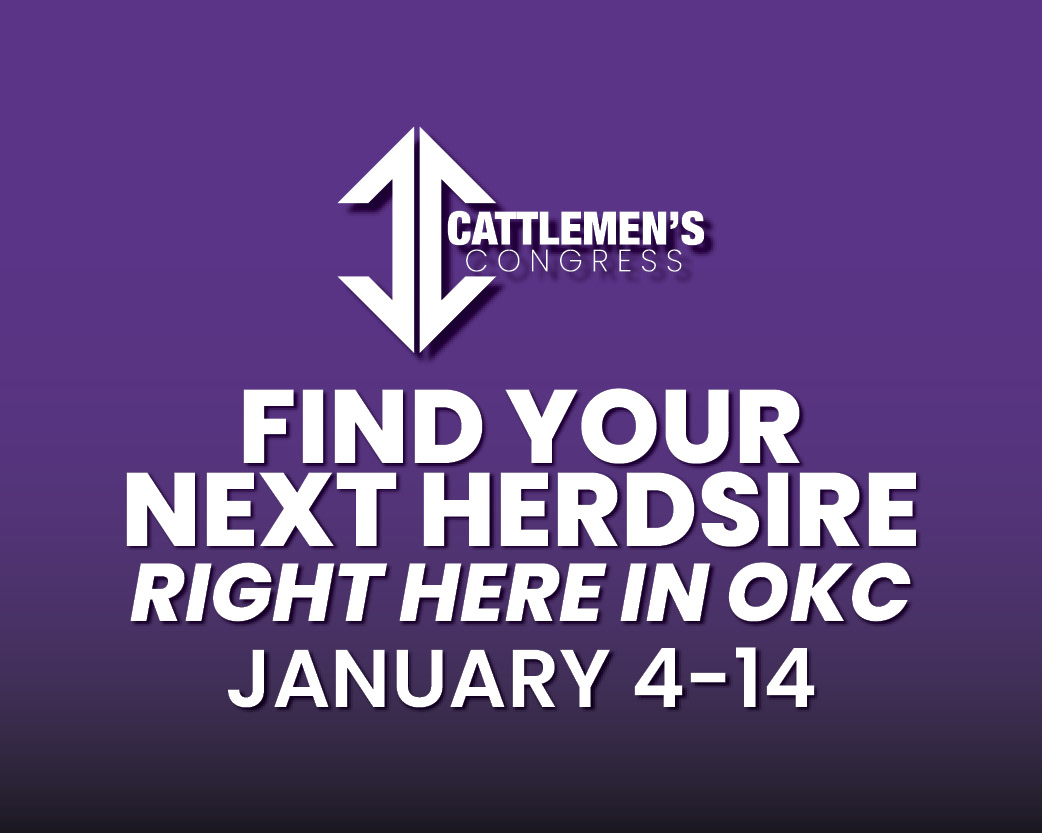
Mark Johnson, Oklahoma State University Extension Beef Cattle Breeding Specialist, offers herd health advice as part of the weekly series known as the “Cow Calf Corner,” published electronically by Dr. Derrell Peel, Johnson, and Paul Beck. Today, Johnson talks about breeding soundness examinations on bulls.
A significant portion of reproductive failures in cow-calf enterprises are due to the fertility of the herd bull. With turnout just around the corner, it’s time to focus on your bull battery. Most spring calving cow-calf operations are 30-60 days from the start of the breeding season. There are some important management considerations to keep in mind during this pre-turnout period: 1) have a veterinarian conduct a breeding soundness exam (BSE) on all potential herd sires, 2) monitor body condition score of your bulls on inventory to make sure they are in Body Condition Score of 6 by turnout, 3) and slowly transition the newly purchased young bulls to a forage-based diet.
Bull breeding soundness is one of the most economically important traits for cow-calf producers. Accordingly, a BSE is recommended to measure a bull’s potential to achieve satisfactory conception rates. The BSE should include an examination of the reproductive anatomy, scrotal measurement, sperm motility, sperm morphology (physical characteristics), locomotion, eyesight and body condition score. A bull that passes the BSE appears to be sound for breeding purposes as best as science can determine at that point in time. Bulls should have a BSE 6-8 weeks prior to turnout. If a bull fails the BSE, this allows producers to have enough time to replace the animal with a sound bull for the breeding season.
Each year cow-calf operations purchase yearling bulls to replace sub-fertile bulls or poor genetics. If new bulls have been developed on a grain-based, high-energy diet they have the potential to be over-conditioned. New bulls should be gradually transitioned to a lower energy, forage-based grazing system over the 30-60 days before being turned out on cows. This period can allow the bull to shed excess fat and reach an optimum body condition for the breeding season. These bulls should be kept in a large enough pen or pasture so they can get daily exercise. When multiple bulls are used in a single pasture, they should be exposed to each other prior to turnout to minimize bull interactions once they join the cowherd. Bottom line: it’s time to plan for your next breeding season.


















